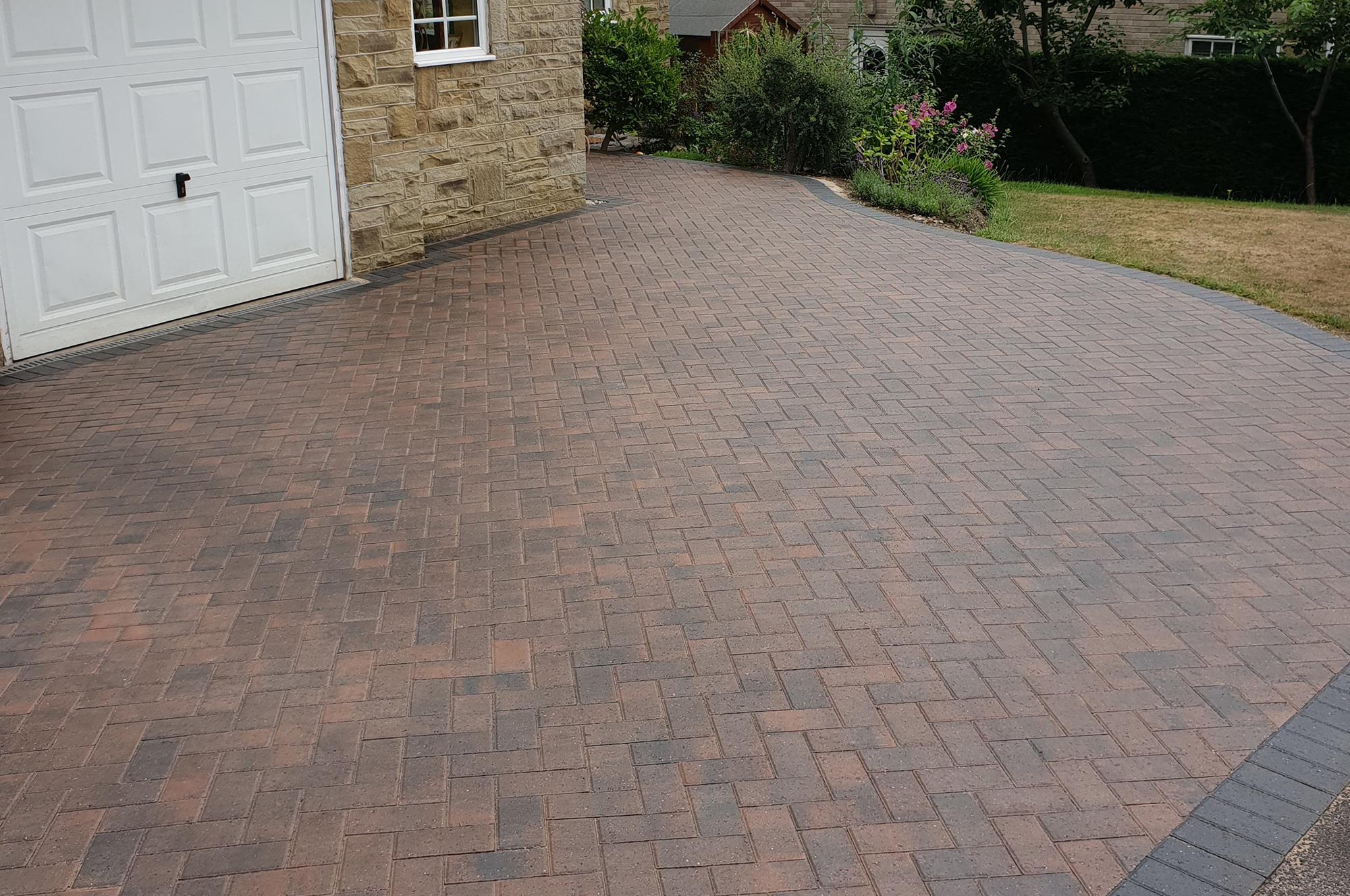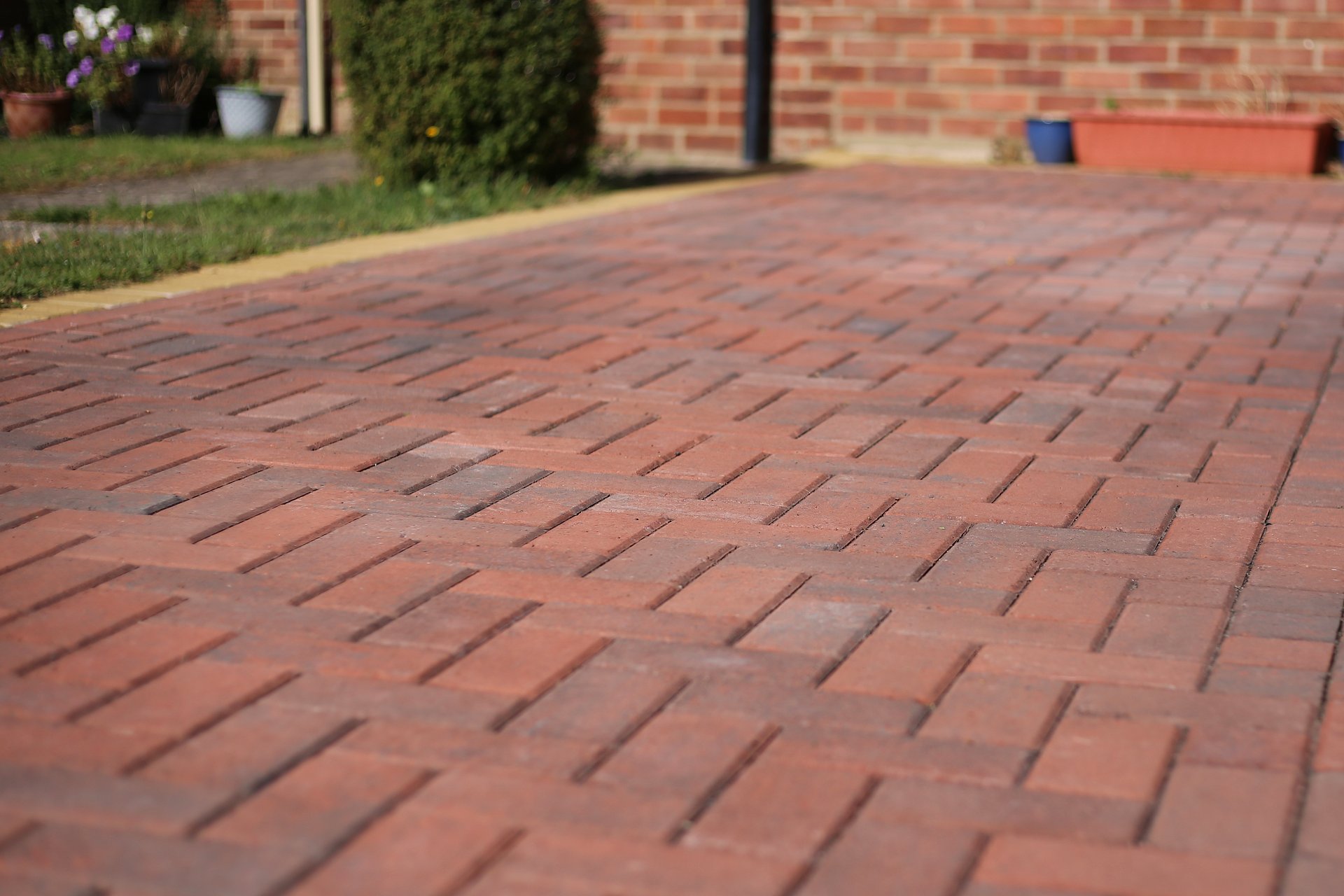Block paving is a popular choice for driveways, patios, and pathways in Leeds, offering both aesthetic appeal and functionality. However, with a wide variety of materials available, selecting the right block paving material for your project can be daunting. This guide will help you understand the different types of block paving Leeds materials and their benefits, enabling you to make an informed decision for your Leeds project.
1. Types of Block Paving Materials
a) Concrete Pavers
Concrete pavers are one of the most common choices for block paving. They are manufactured from a mix of cement, sand, and aggregates, providing a durable and versatile solution.
- Advantages:
- Available in various colors, shapes, and sizes.
- Cost-effective compared to other materials.
- High resistance to wear and tear.
- Can mimic the look of natural stone.
- Considerations:
- May require sealing to prevent staining and enhance durability.
- Prone to fading in direct sunlight over time.
b) Clay Bricks
Clay bricks are a traditional paving material made from natural clay that is fired in a kiln. They offer a classic, timeless appearance.
- Advantages:
- Durable and can withstand heavy loads.
- Natural color variations add character.
- Low maintenance and resistant to staining.
- Considerations:
- Generally more expensive than concrete pavers.
- Limited color options compared to concrete.
c) Natural Stone
Natural stone, such as granite, limestone, and sandstone, is an elegant choice for block paving. It adds a luxurious look to any outdoor space.
- Advantages:
- Unique and natural appearance with a wide range of colors and textures.
- Highly durable and long-lasting.
- Eco-friendly, as it is a natural product.
- Considerations:
- Higher cost due to material and installation.
- Can be slippery when wet, depending on the finish.
2. Factors to Consider When Choosing Block Paving Materials
a) Purpose of the Area
Consider the primary use of the area you are paving. For high-traffic areas, such as driveways, opt for materials that can withstand heavy loads, like concrete or clay bricks. For patios, where aesthetics may take precedence, natural stone could be the ideal choice.
b) Climate and Weather Conditions
Leeds experiences a range of weather conditions, from heavy rain to frost. Choose materials that can withstand these elements:
- Concrete: Look for frost-resistant varieties if you live in colder areas.
- Clay Bricks: Ensure they are suitable for outdoor use and can handle moisture.
- Natural Stone: Choose stones that are less porous to avoid water absorption and potential damage in freeze-thaw cycles.

c) Maintenance Requirements
Different materials have varying maintenance needs. For busy homeowners, selecting low-maintenance materials is ideal:
- Concrete Pavers: Require periodic cleaning and sealing.
- Clay Bricks: Low maintenance but may need occasional cleaning.
- Natural Stone: Requires sealing to protect against staining and may need specific cleaning solutions.
d) Aesthetic Preferences
Consider the look you want to achieve in your outdoor space. Each material offers a distinct aesthetic:
- Concrete Pavers: Modern and versatile, available in various colors and patterns.
- Clay Bricks: Classic and timeless, perfect for traditional or rustic settings.
- Natural Stone: Elegant and unique, ideal for high-end designs.
3. Budget Considerations
When choosing block paving materials, your budget will play a significant role. Generally, concrete pavers are the most affordable option, while natural stone tends to be the most expensive. Be sure to consider both material and installation costs, as some materials may require more labor-intensive installation.
4. Consulting Professionals
If you’re unsure which block paving material is right for your project, consulting a landscaping professional or a paving contractor can provide valuable insights. They can assess your site, discuss your needs, and recommend the best materials based on your preferences and budget.
Conclusion
Choosing the right block paving materials for your Leeds project involves considering various factors, including the purpose of the area, climate conditions, maintenance requirements, aesthetics, and budget. By understanding the advantages and considerations of different materials, you can make an informed decision that enhances the beauty and functionality of your outdoor space. Whether you opt for durable concrete, classic clay bricks, or luxurious natural stone, the right choice will provide a long-lasting and attractive solution for your home.
